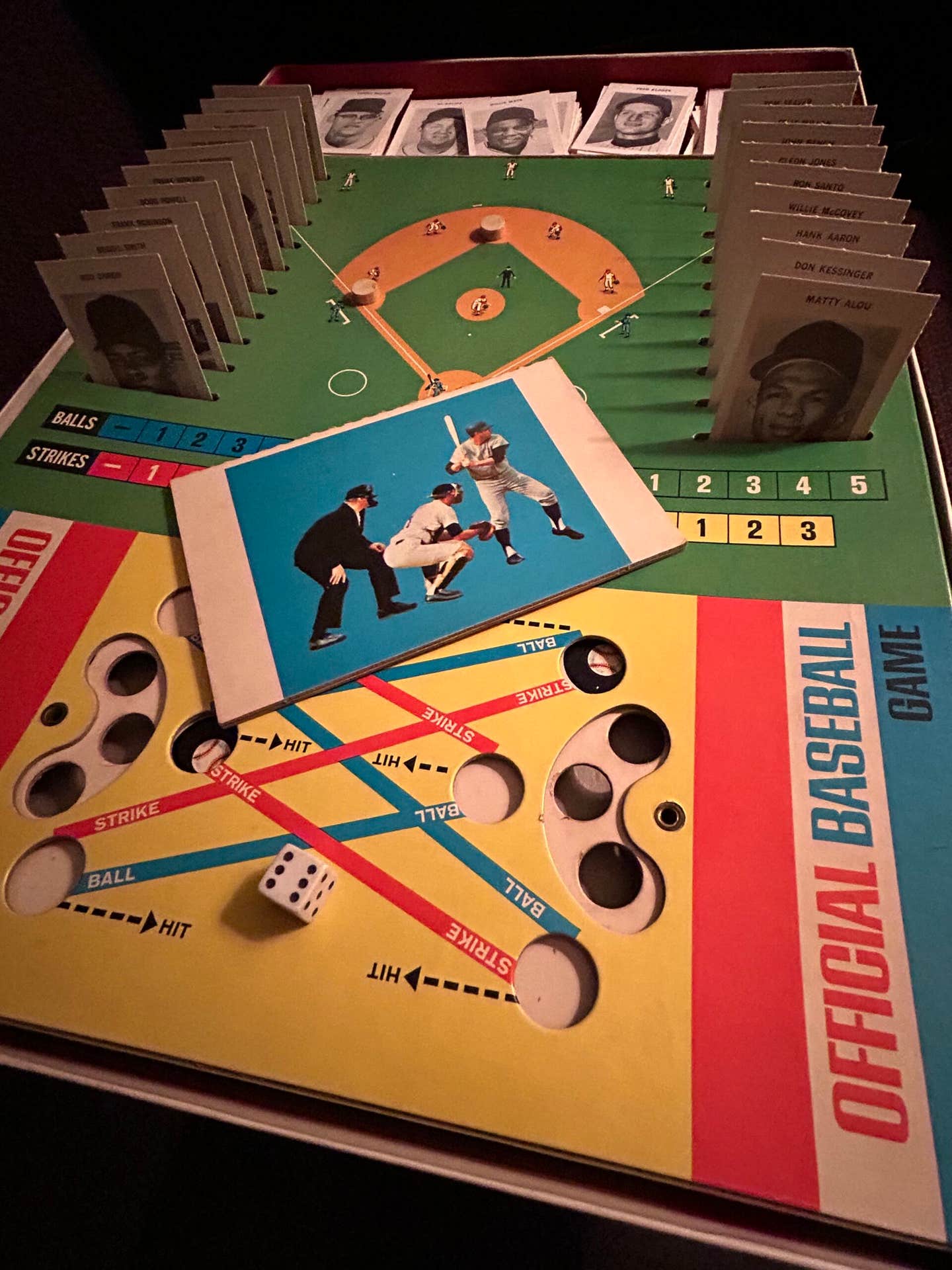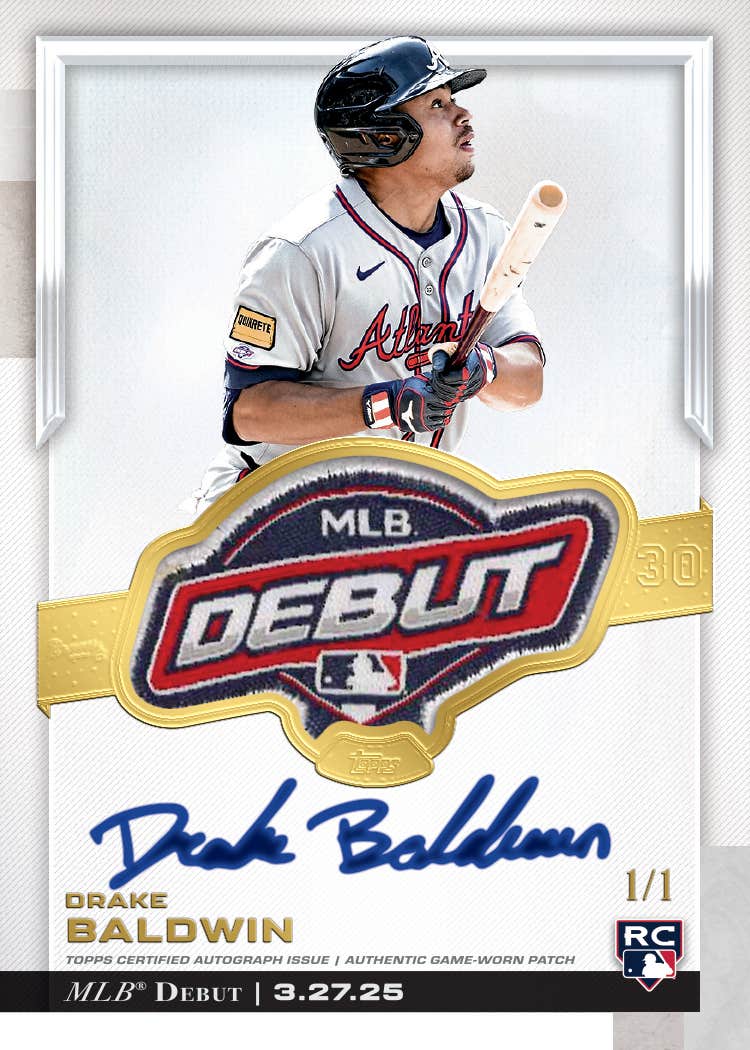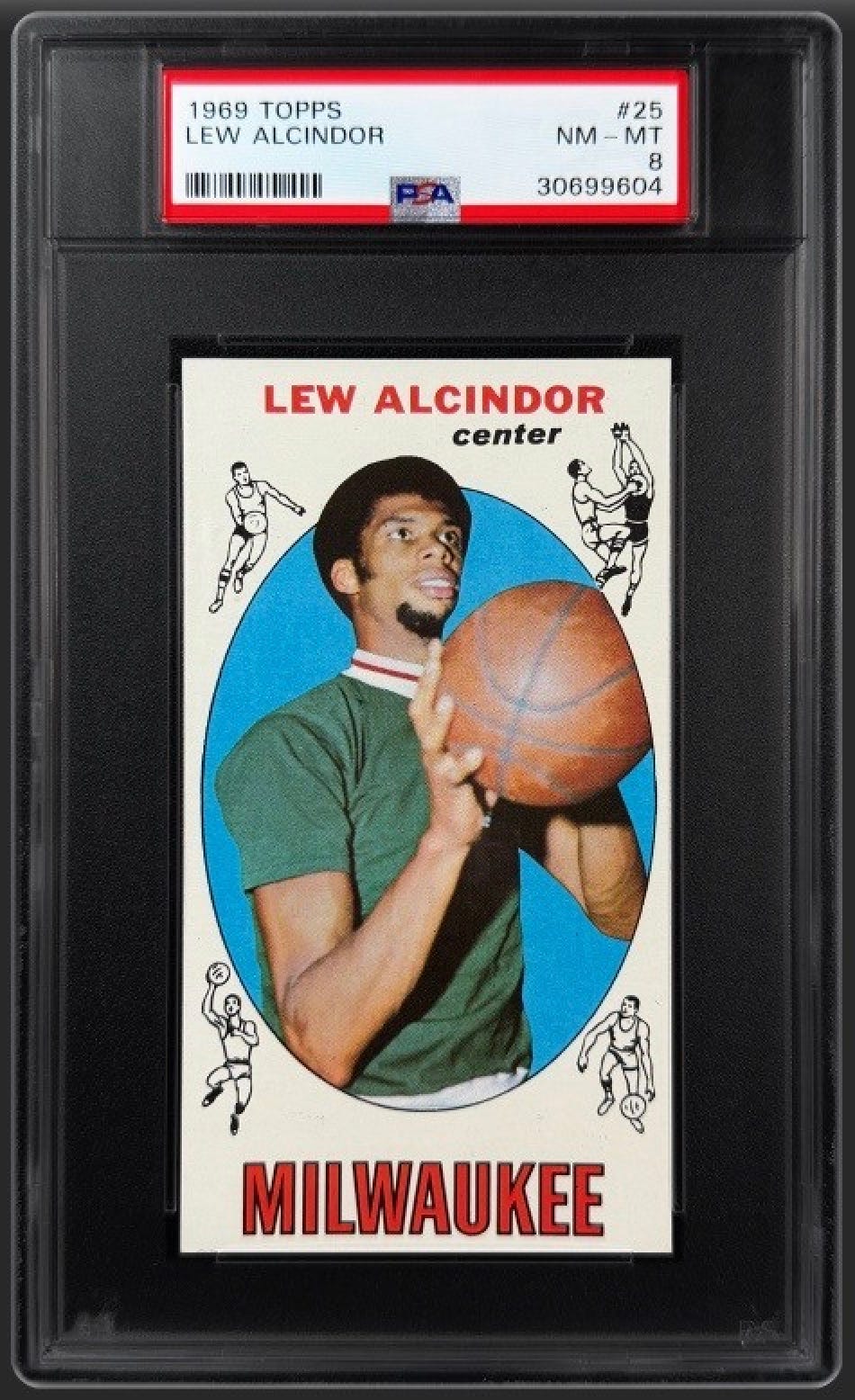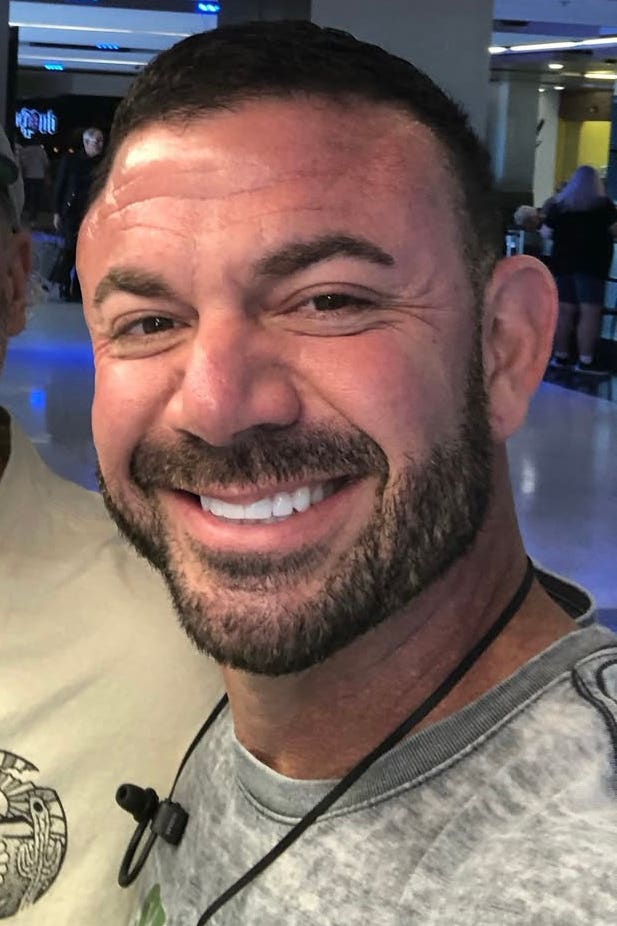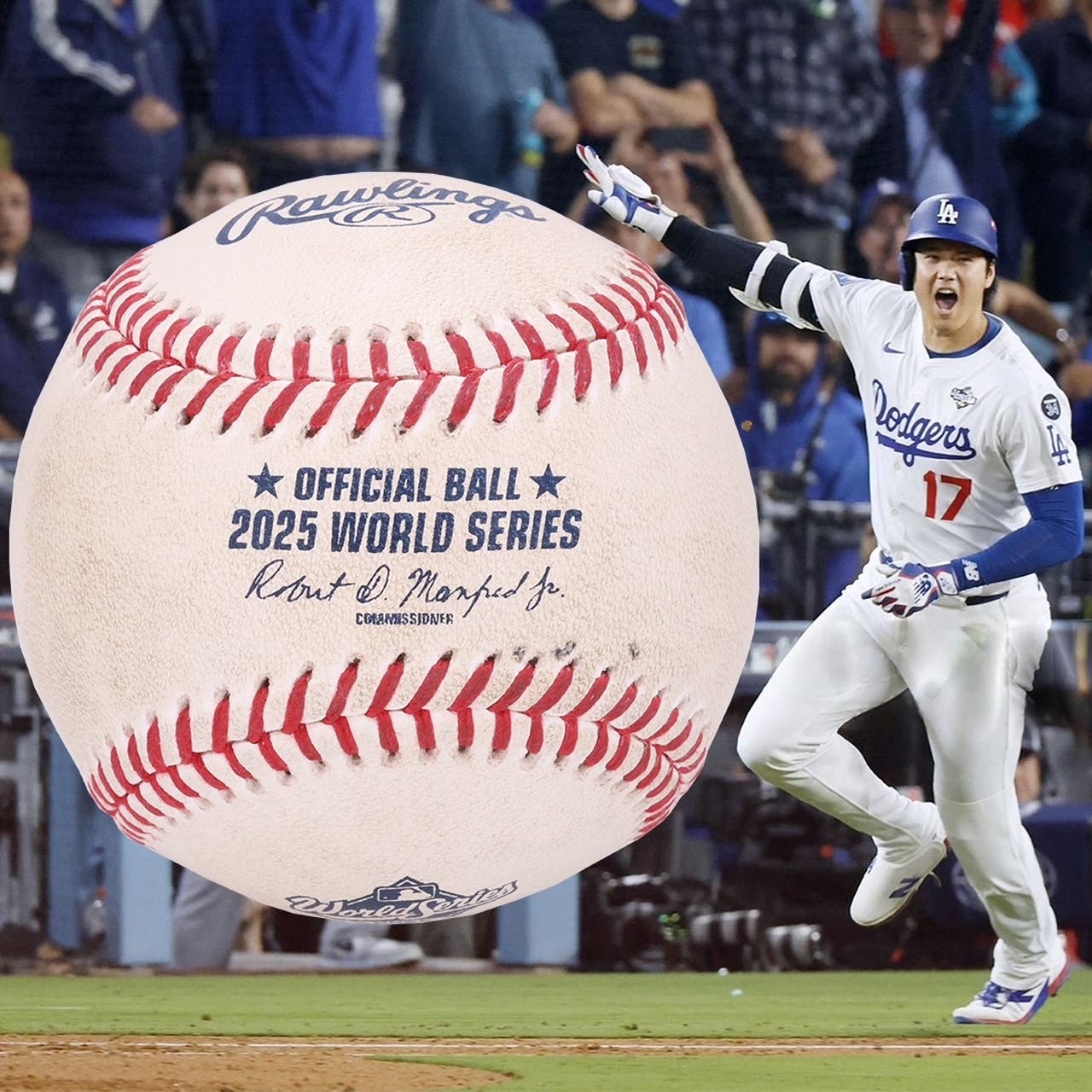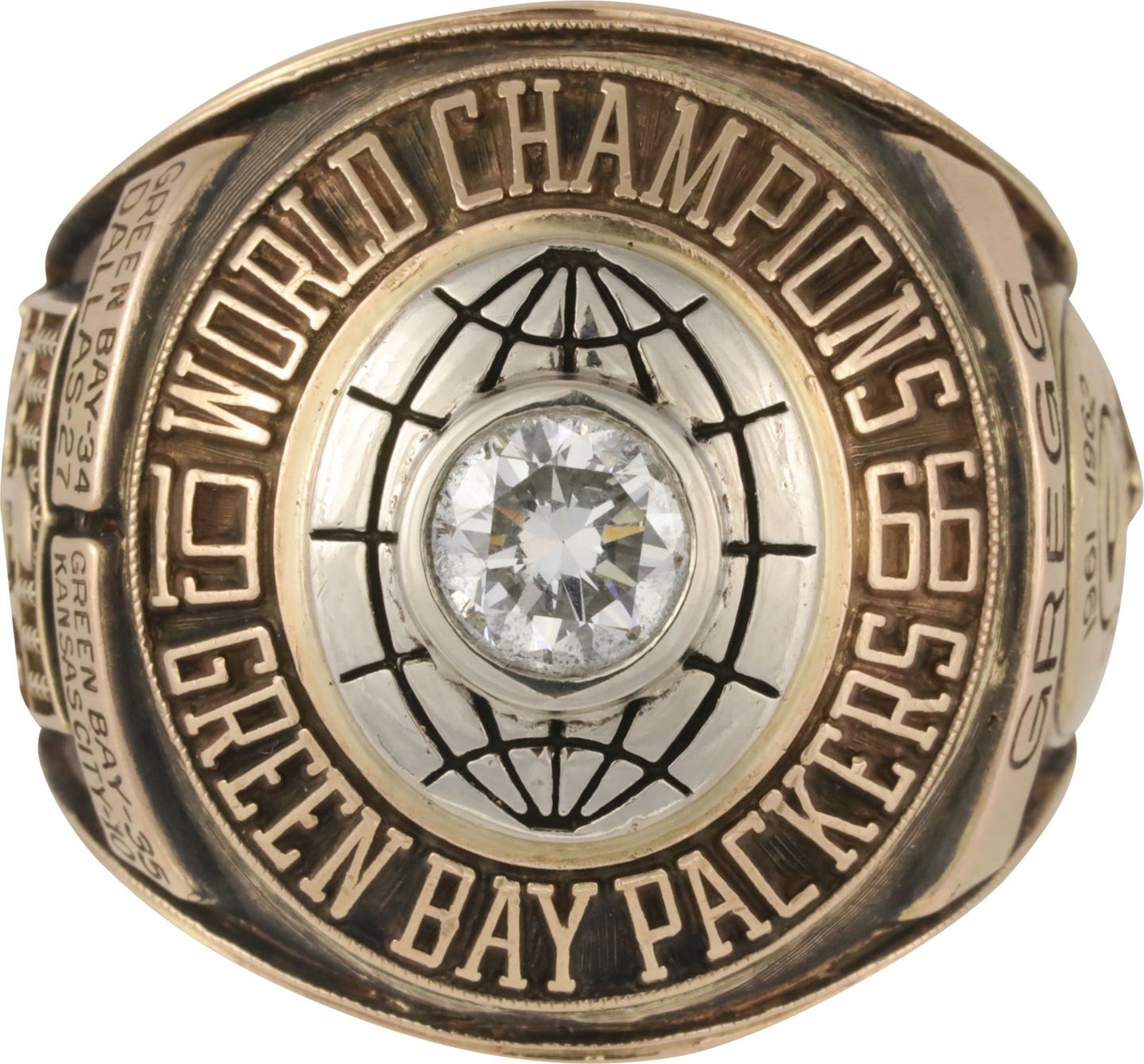News
By George! Foster a Key Cog in Big Red Machine
By ROSS FORMAN
Like all good hitters George Foster remembers pitchers, especially those he had success against. Foster, now 70, vividly recalls batting against former Pittsburgh left-hander Jim Rooker. In one particular game, so the memory goes, Rooker walked Foster on pitches Foster had no chance to swing at.
As he left the batter’s box, Foster flipped his bat in the air. Rooker snapped, “Don’t you ever do that again.”
Foster fired back, “Throw the ball over the plate.”
Next at-bat, Rooker did just that. And Foster hit a line-drive home run.
Rooker turned to Foster, “Nice hit.”
Foster replied, “You would have come out better walking me.”
Foster didn’t flip the bat; he just circled the bases.
George Arthur Foster was an outfielder with prodigious power for someone who stood 6-1 and weighed 180 pounds. He played in the majors from 1969 to 1986, breaking in with the San Francisco Giants. Foster gained notoriety as a key cog with the Big Red Machine, the Cincinnati Reds juggernaut of the 1970s. Foster went on to play well with the New York Mets and the Chicago White Sox, but it was his time with the powerhouse Reds that endeared him to so many fans. And it’s easy to see why.
Offense was Foster’s calling card.
He was one of the most feared right-handed hitters of his era, leading the National League in home runs with 52 in 1977 and 40 in 1978, and in RBI in 1976 (121), 1977 (149) and 1978 (120). He won the National League’s Most Valuable Player Award in 1977 and a Silver Slugger Award in 1981. Foster was a career .274 hitter who clubbed 348 career home runs with 1,239 RBIs.
Foster was a five-time All-Star, a two-time World Series champion (1975, 1976) and an inductee into the Cincinnati Reds Hall of Fame.
“I look back at my (career) stats and am like, wow. But I didn’t look at stats that much (while playing) because no one really looked at stats as much as they do now,” Foster said. “All I wanted to do was go out there every day, day in and day out, and compete. If my stats were close to Tony Perez and Johnny Bench, I felt like I had a great year.
“One thing that stood out was that balance in 1977, hitting .320 with 52 home runs and 149 RBIs,” he said. “After that season, I wish we would have gone barnstorming because I just wanted to keep playing. I had that swing, that good groove going.
“I was just ready in 1977, from day one. I probably was in the best shape of my career. I was ready to play, and keep playing,” after the World Series.
Foster led the NL three consecutive seasons in RBI: 121 in 1976, then 149 and 120. And during the five seasons from 1979-1983, he had 90-plus RBI in four of those seasons.
“There were so many great pitchers during my era, (including) Juan Marichal, Steve Carlton, Don Sutton (and Bert) Blyleven. There were so many great competitors. They competed at the highest level,” Foster said. “People always ask me who the toughest pitchers I faced. Well, Steve Carlton was one, because he had a great slider. J.R. Richard was another because he also had a great slider.
“You had to go up to the plate ready to go, ready to bat against those pitchers, or you’d just be walking back to the dugout carrying your bat.”
Foster and the Reds lost to Oakland in the 1972 World Series, but rebounded to stop Boston and the New York Yankees to win the 1975 and 1976 World Series, respectively.
Foster’s World Series career included 14 hits in 43 at-bats, with 6 RBI.
Foster said the Big Red Machine teams of the mid-1970s were “one of the greatest teams ever assembled, of all time.”
“Sure, the 1927 (New York) Yankees were good, but we got along great and had great balance,” Foster said of the Reds. “We had speed, power, speed. We didn’t have any slackers at the seven, eight or nine spots (in the batting order). We were tough.
“The highlight of my career was just being on a World Championship-winning team. Winning the MVP Award was great, but that’s a personal (honor). Winning the World Series is a team thing; that was very special.”
The Big Red Machine was, in reality, the Big Bad Red Machine, Foster said.
“We intimidated a lot of teams,” he admitted. “Gaylord Perry was pitching for San Diego, and he told his (fellow) pitchers not to watch us take batting practice because if they did, and then had to come into the game, they would be intimidated.”
Many of those magical Reds teammates are now commonplace on the autograph-signing circuit. Members of the Big Red Machine, including Foster, Pete Rose, Joe Morgan, Johnny Bench and Tony Perez, signed autographs in early February at the TRISTAR Productions show in Houston.
“This was an exciting show. I got to see guys who I had not seen in a while, such as Fred Lynn, Bert Blyleven and Don Sutton,” Foster said before he met the fans at the TRISTAR show. “It’s always great to see guys who you played against, or who were your teammates. It’s also great to see the young fans, especially those who really enjoy baseball. I’ve done several shows in the past, and hope I can do more in the future.
“I know a lot of people collect autographs, but I’m reluctant to ask anyone for their autograph, including guys I played with and against. That said, I wish I had gotten an autograph from Fred Lynn, Jim Rice, Tom Seaver, or people like that. My kids are 36 and 32, but I know (the autographs) are things they would cherish for life.”
Foster said he was going to snag a signature from Lee Smith at the TRISTAR show.
“I am so excited that (Smith) finally got into the Hall of Fame. He really deserved the honor, and if I had been voting, he would have gotten in a long time ago,” Foster said.
He also was going to get an autograph from Blyleven, and joked that the former pitcher would have to inscribe the autograph, “The Longest Home Run He Ever Gave Up.”
Foster appears on 1971 Topps Giants Rookie Stars card (No. 276), along with Mike Davison. That card, graded PSA 9 Mint, was selling for more than $1,200 on eBay earlier this year.
He Said It
On Stolen Bases: “No one thought I could steal bases.” He had 51 career stolen bases, including 17 in 1976. He was caught stealing 31 times in his career.
On his idol, Willie Mays: “He hit 52 (home runs) in 1965, so I was really excited to accomplish something that he had done.”
The Quote: “It was always my dream to play major league baseball.”
The George Foster of 2019: “That’d be tough to tag … I wouldn’t want to put pressure on anyone,” he said with a laugh. “The one I really enjoy watching is Mike Trout. He can really do it. You talk about a five-tool player … you talk about Mike Trout.”
Approach at the Plate: “I would step in and out of the (batter’s) box to make the pitcher wait. He may want to throw a changeup, but when I step in and out of the box, he may get upset and instead want to throw a fastball – and that was good for me. But pitchers like Fergie Jenkins and Don Sutton, they didn’t really care (about how much I stepped out of the box). They were even talking to me, asking when I was ready. No way I was going to make Bob Gibson wait; there was a chance he’d then bury one in my ribs.”



